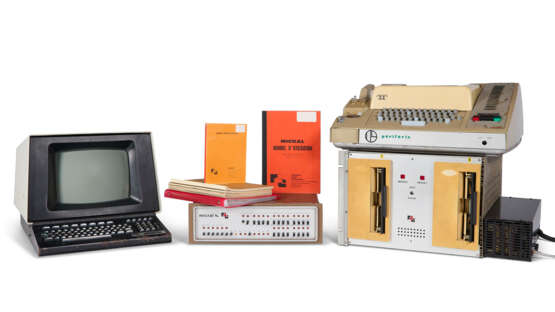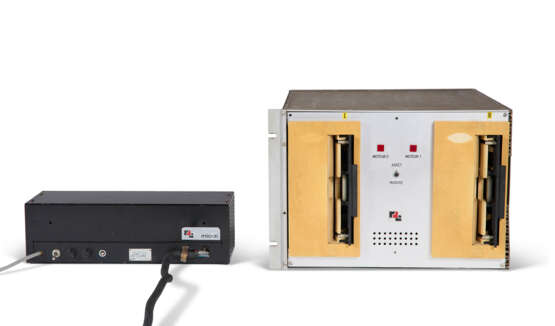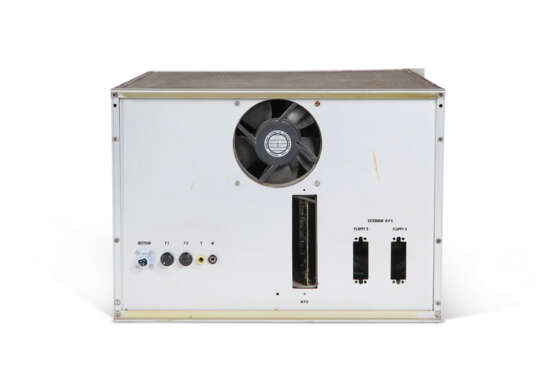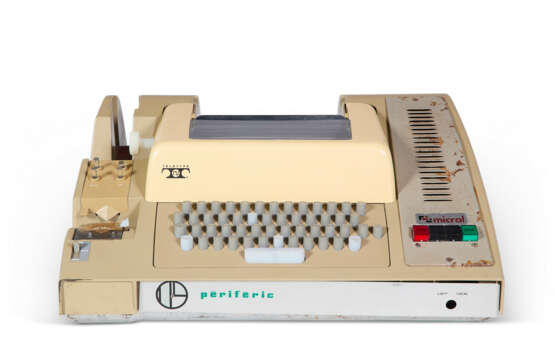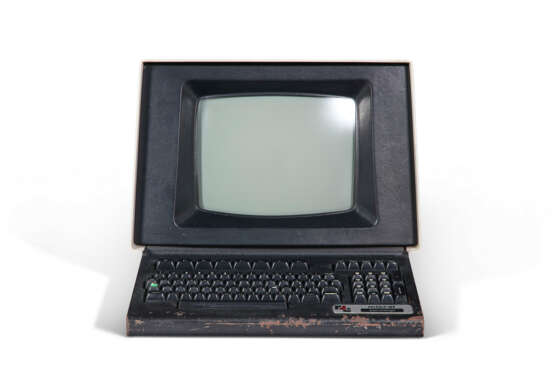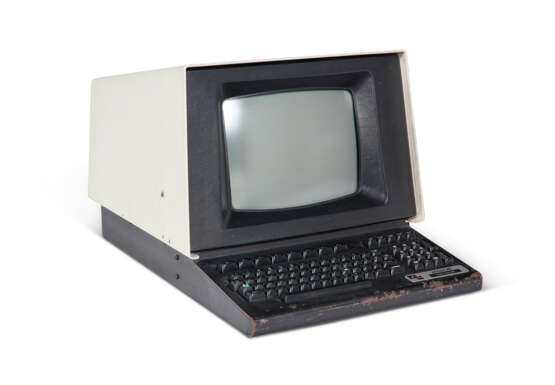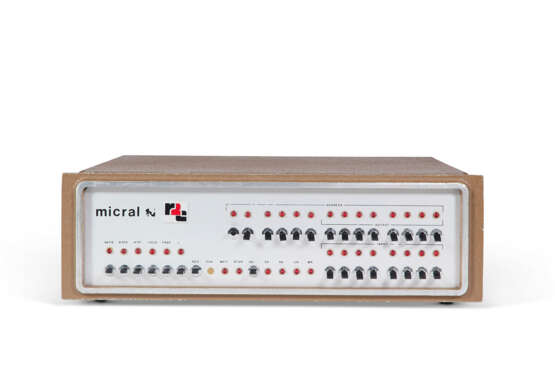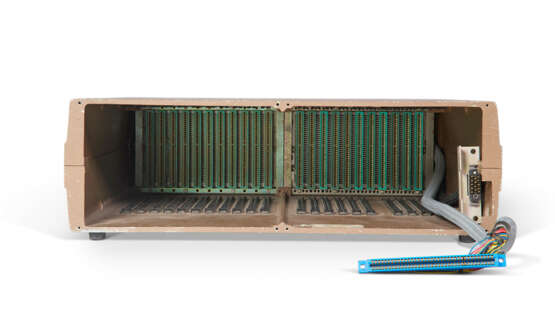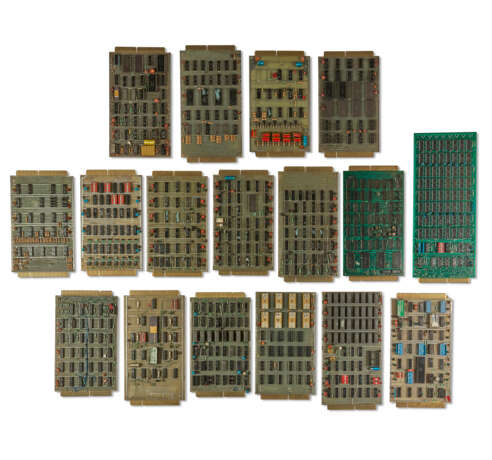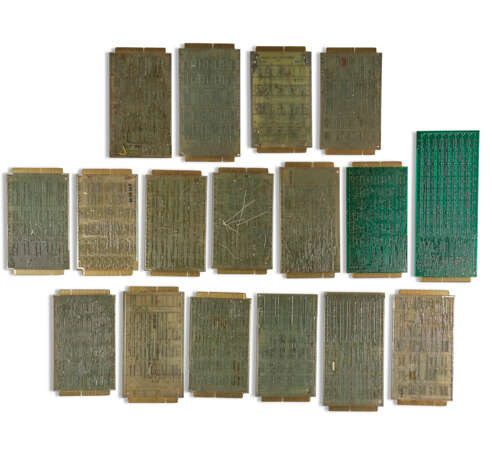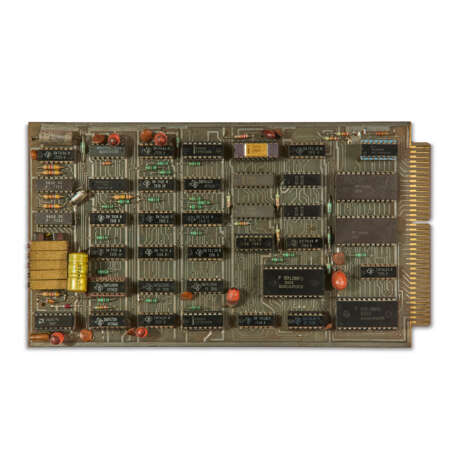ID 1291163
Lot 123 | MICRAL-N MICROCOMPUTER
Estimate value
$ 15 000 – 25 000
The first commercially available microprocessor-based computer, one of only a handful to survive.
Introduced in 1973 by French engineer François Gernelle and his company, R2E, the Micral-N was designed as a versatile, affordable system for a range of applications, featuring a 4 KB memory and based on the Intel 8008 microprocessor, and cost 8,500 francs (about $1,750 at the time).
The development of the Micral-N began in the early 1970s when Gernelle and his team aimed to create a practical and cost-effective computer for business and scientific uses. Unlike many of its contemporaries, the Micral-N was one of the first to use a microprocessor, which set it apart from earlier systems that relied on more complex and expensive hardware configurations. Gernelle would later claim it was the least powerful yet the most reliable computer on the market.
The Micral-N’s design focused on accessibility and functionality, incorporating a user-friendly interface and expandability options. It featured a modular design with a front panel for input and output, and it supported various peripheral devices. Its 4 KB of RAM and the Intel 8008 microprocessor allowed for a range of applications from data processing to basic automation tasks.
Despite its pioneering status, the Micral-N faced competition from other emerging microcomputers in the rapidly evolving tech landscape. Nevertheless, its early adoption of microprocessor technology and its role in demonstrating the feasibility of compact, affordable computing made it a significant milestone in the history of computing.
Main unit measuring: 51/2 in. (14 cm.) high, 171/8 in. (43.5 cm.) long, 151/2 in. (39.4 cm.) deep
| Auction house category: | Instruments |
|---|
| Auction house category: | Instruments |
|---|
| Address of auction |
CHRISTIE'S 20 Rockefeller Plaza 10020 New York USA | ||||||||||||||
|---|---|---|---|---|---|---|---|---|---|---|---|---|---|---|---|
| Preview |
| ||||||||||||||
| Phone | +1 212 636 2000 | ||||||||||||||
| Fax | +1 212 636 4930 | ||||||||||||||
| Conditions of purchase | Conditions of purchase | ||||||||||||||
| Shipping |
Postal service Courier service pickup by yourself | ||||||||||||||
| Payment methods |
Wire Transfer | ||||||||||||||
| Business hours | Business hours
|
